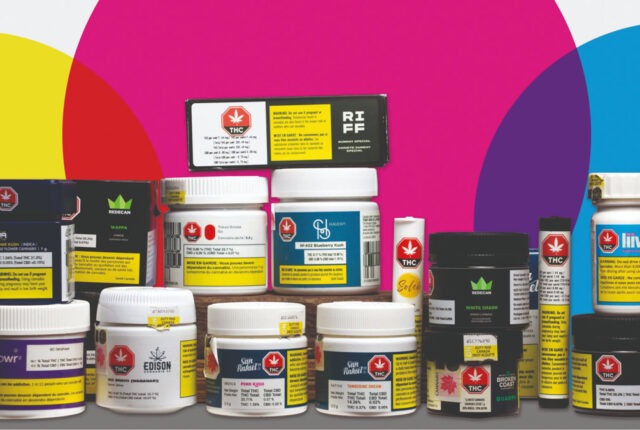No matter what your production cadence happens to be, there are good arguments for stepping up to an automated label application process. It isn’t just a question of improving your productivity. Label applicators can increase your output’s consistency and accuracy too.
You might think this requires a special environment and extremely high throughput. In fact, it doesn’t. You would be surprised how well a label applicator can adapt to even a modest production line. There are applicators for almost every production speed and configuration.
There are three basic types of label applicators to choose from.
Stand Alone Applicator
The straight applicator requires pre-printed labels. It doesn’t print. It is designed for the high speed application of labels (up to 40m/minute) that have non-variable information. It is great for high volumes but changes to the labels have to be well planned to avoid wastage
Print and Apply
Although not as fast as a simple applicator, this type of machine is much more flexible because it prints the label just before applying it. Any variable information such as time and date, weight, lot number or dynamic barcode information can be imbedded on every distinct label.
In-line printer integrated with Applicator
This is an ‘’hybrid’’ solution as it refers to an industrial printer integrated to a label applicator in a ‘’loose loop’’ arrangement. It offers the ability to print in-line, the information on the labels that are applied by an applicator. This solution provides a much higher labeling throughput than a Print and Apply, but does have some limitations as far as variable information, since the label printed is not the next one immediately applied by the applicator.
You may already have an idea about which of these three types of applicators could suit your production, but it is best to get expert advice before considering a purchase. Likewise, when it comes to installing an applicator on your production line.
Things that need to be fine-tuned when automating your labelling process:
The handling of the product itself during the labelling process
There are labeling solutions for almost any type of product. From cardboard boxes to food trays, to cans and bottles. Some machines can even adapt quite well to different types of packaging. Properly adjusting the applicator specifically to the type of product labelled will increase the consistency and speed of the labelling. It is also very important to make sure that the product is always well presented and well controlled during the labeling process, to ensure that the required label placement is respected.
The label placement
Because they can be quite precise, applicators need minute adjustments to ensure consistent, dead-on label placement. Once that is sorted out, you get a far better label placement than with any manual application and it also eliminates mistakes due to distractions.
The type of label chosen for the job
There are many different types of labels and they can even dictate what applicator you need to choose. These include
- Extreme condition-resistant labels
- Pressure sensitive labels for food and beverage products
- Labels for cosmetics and pharmaceuticals
- Retail labels
- Labels for the electrical and electronic industries
Automating your labelling may seem daunting but the experts at IMS are focused on making it easy for you. The results can certainly help improve your bottom line!







